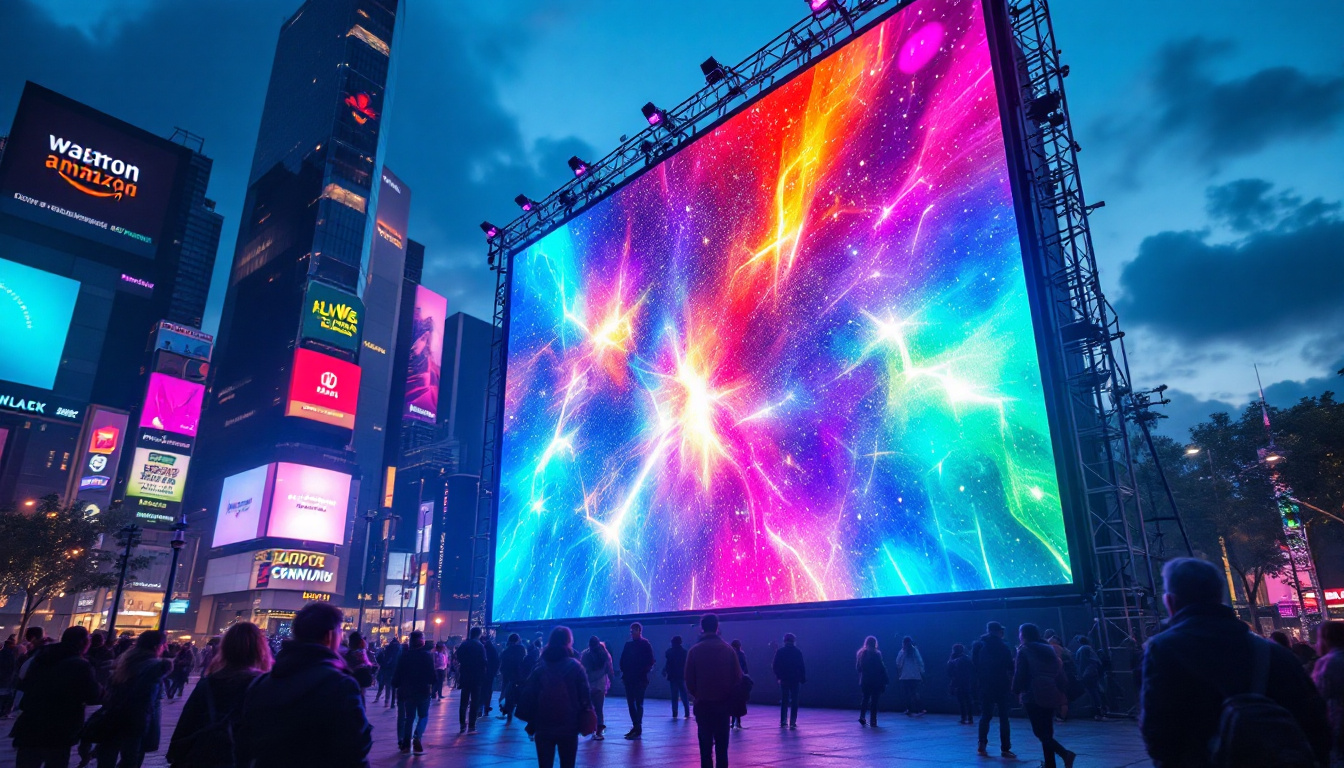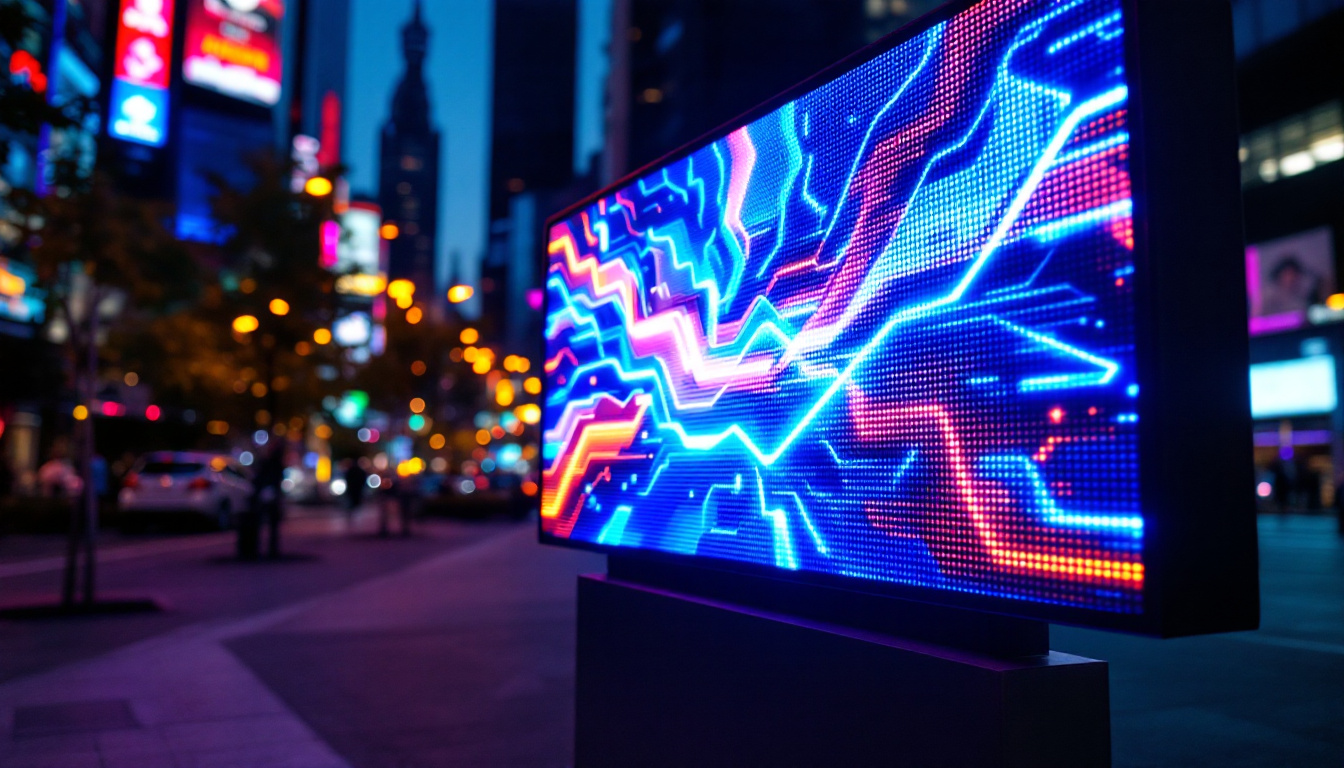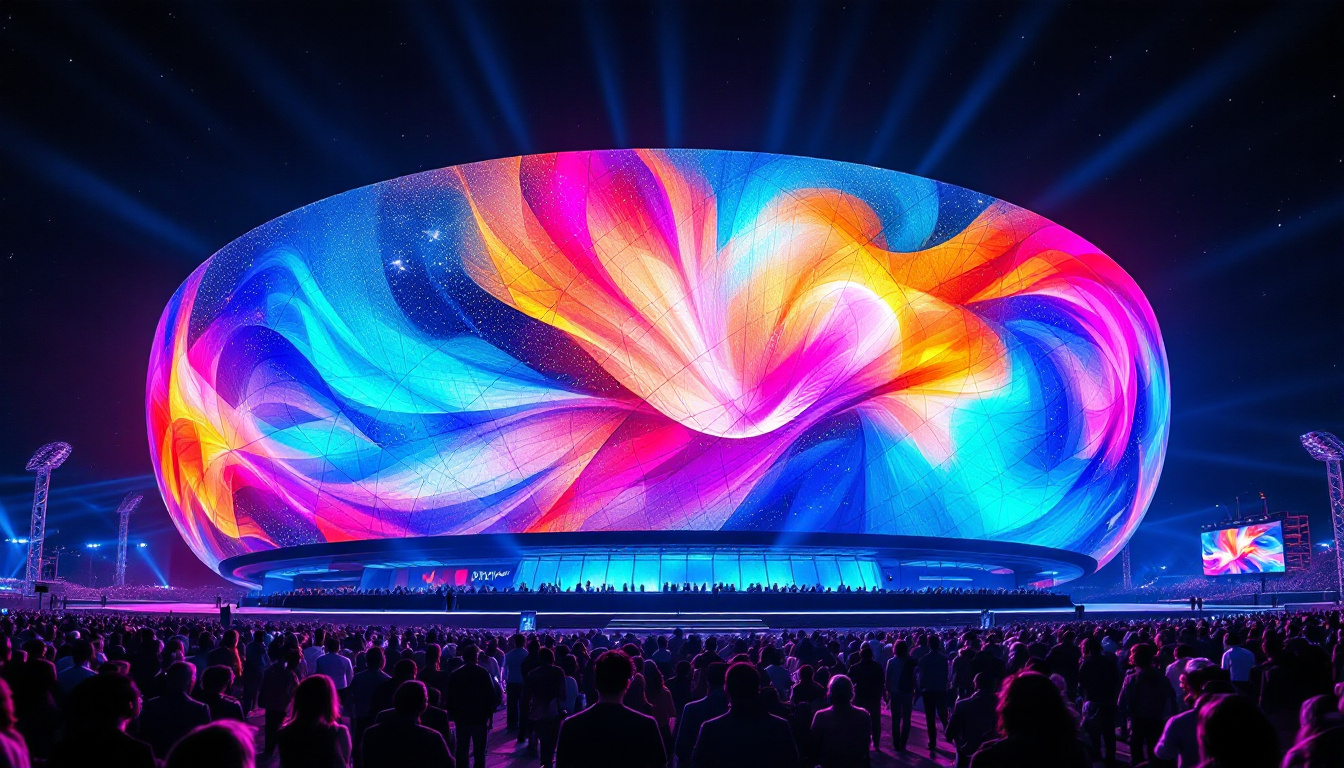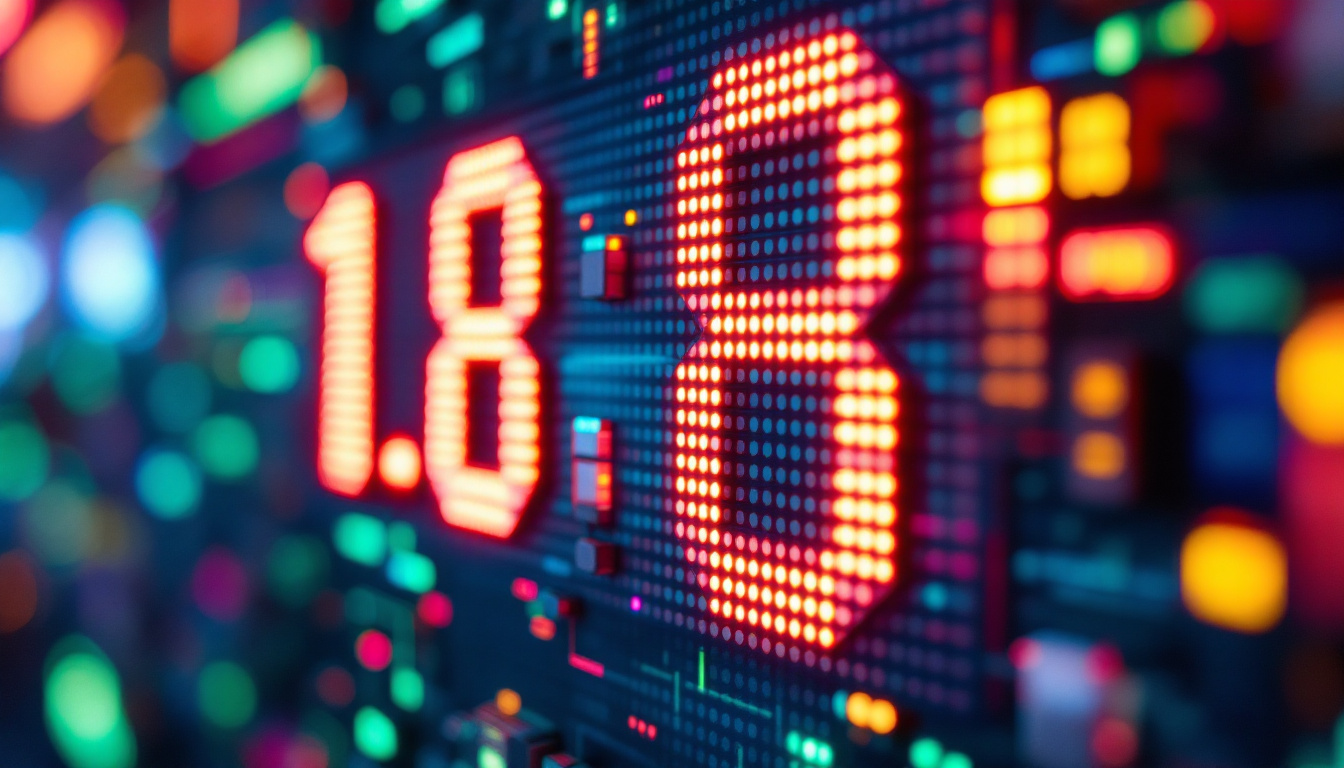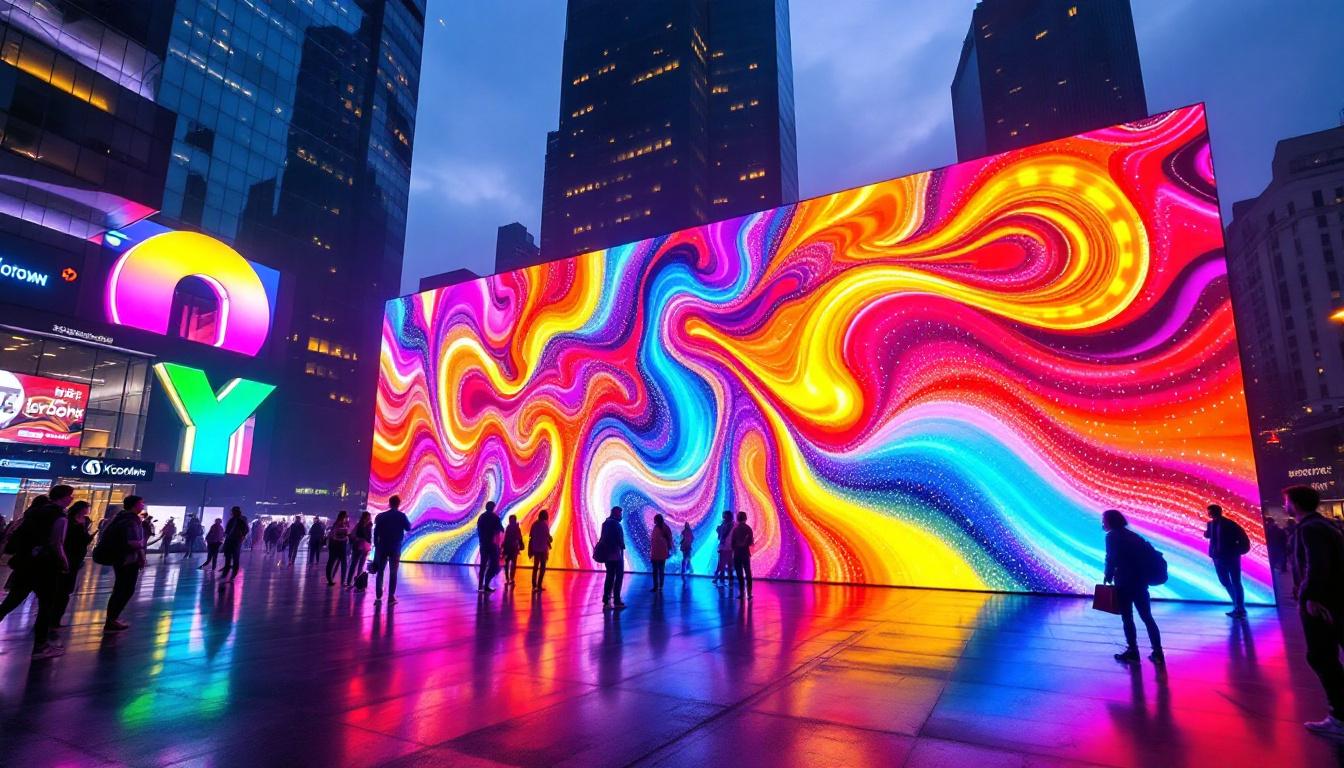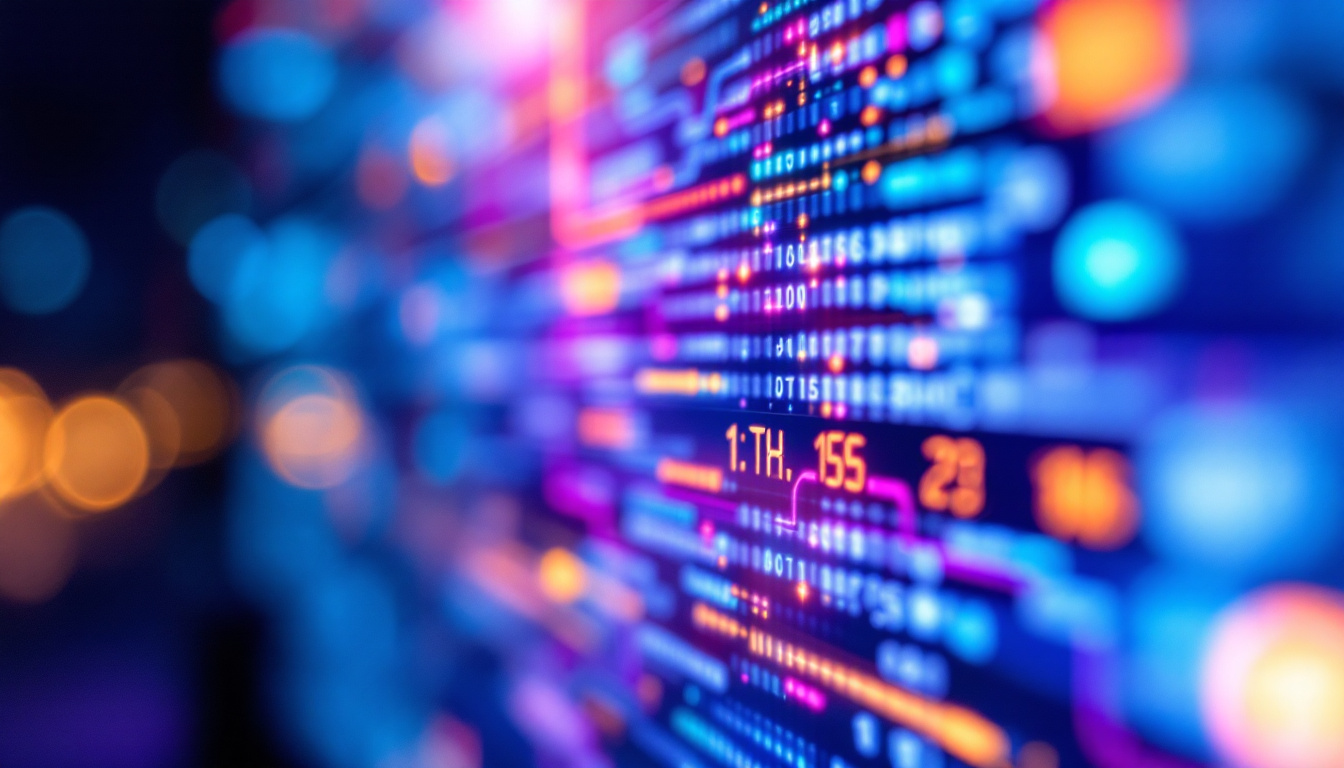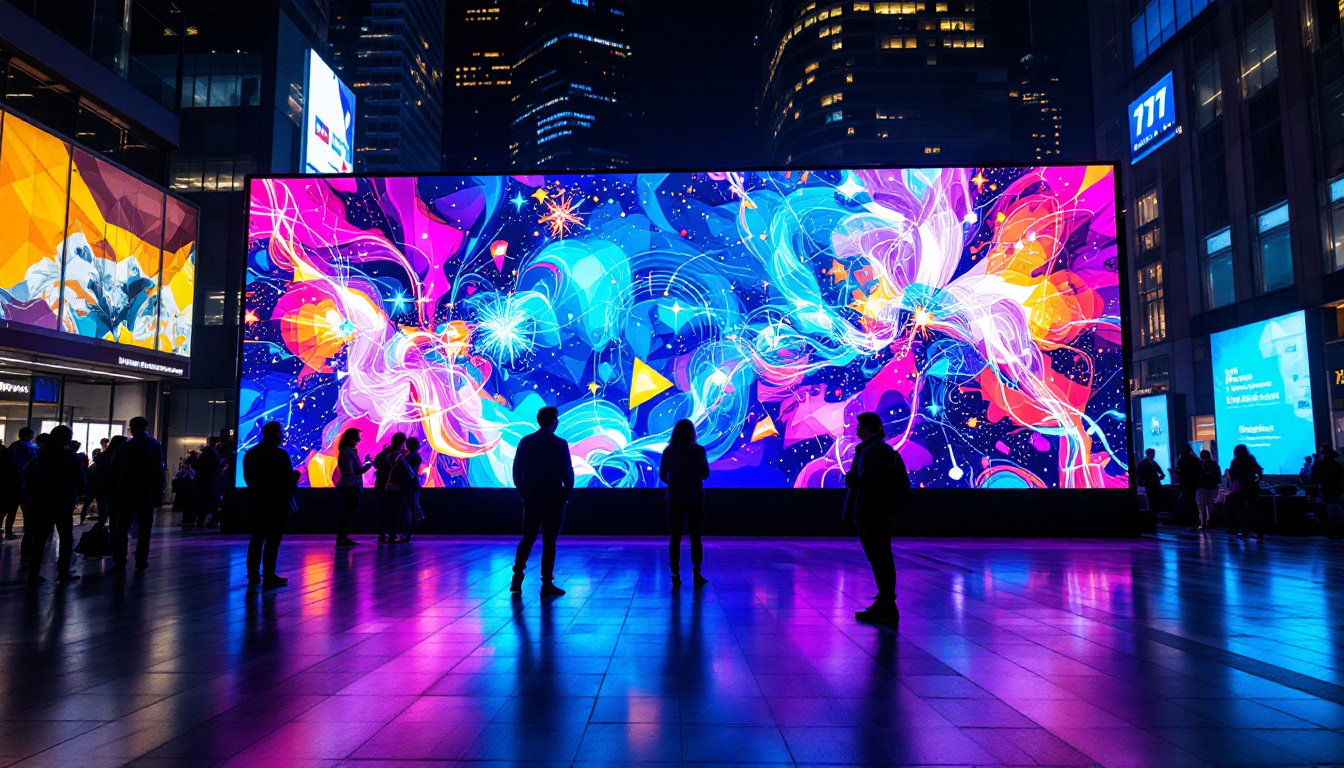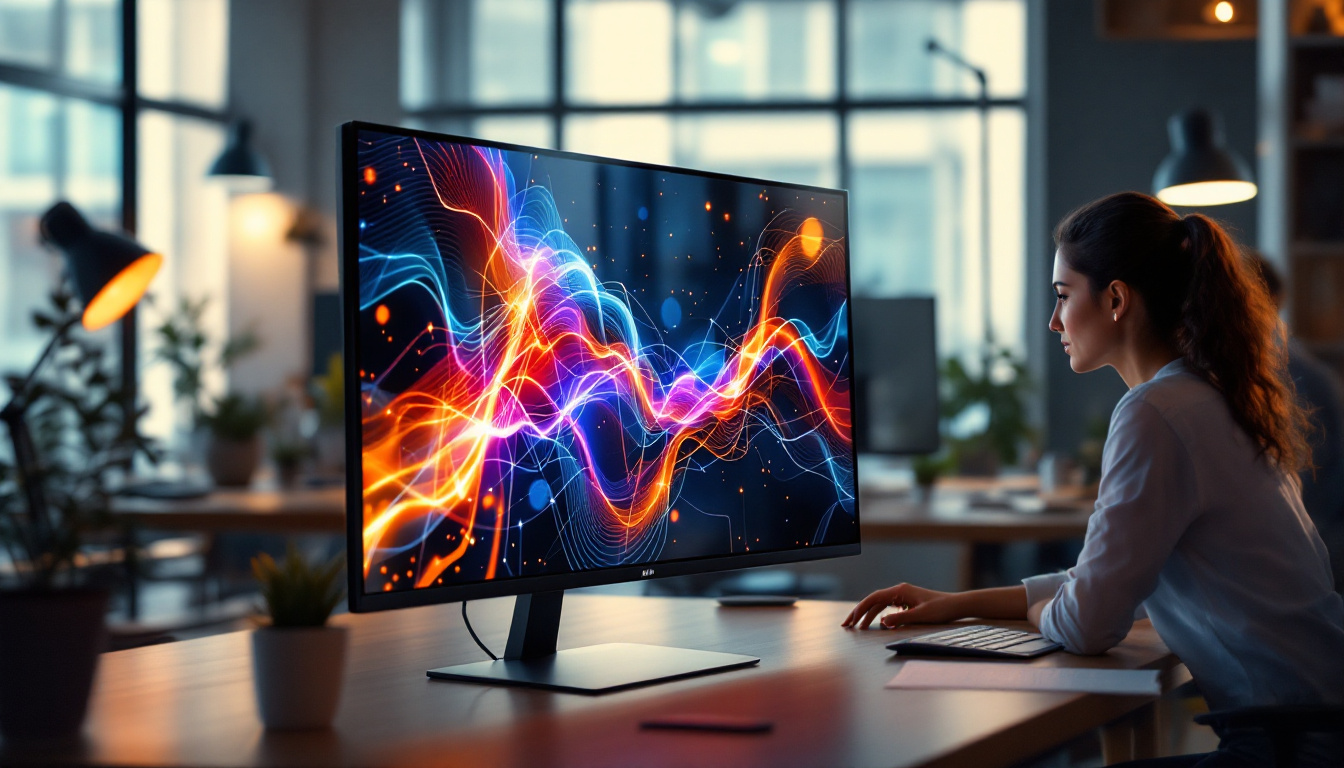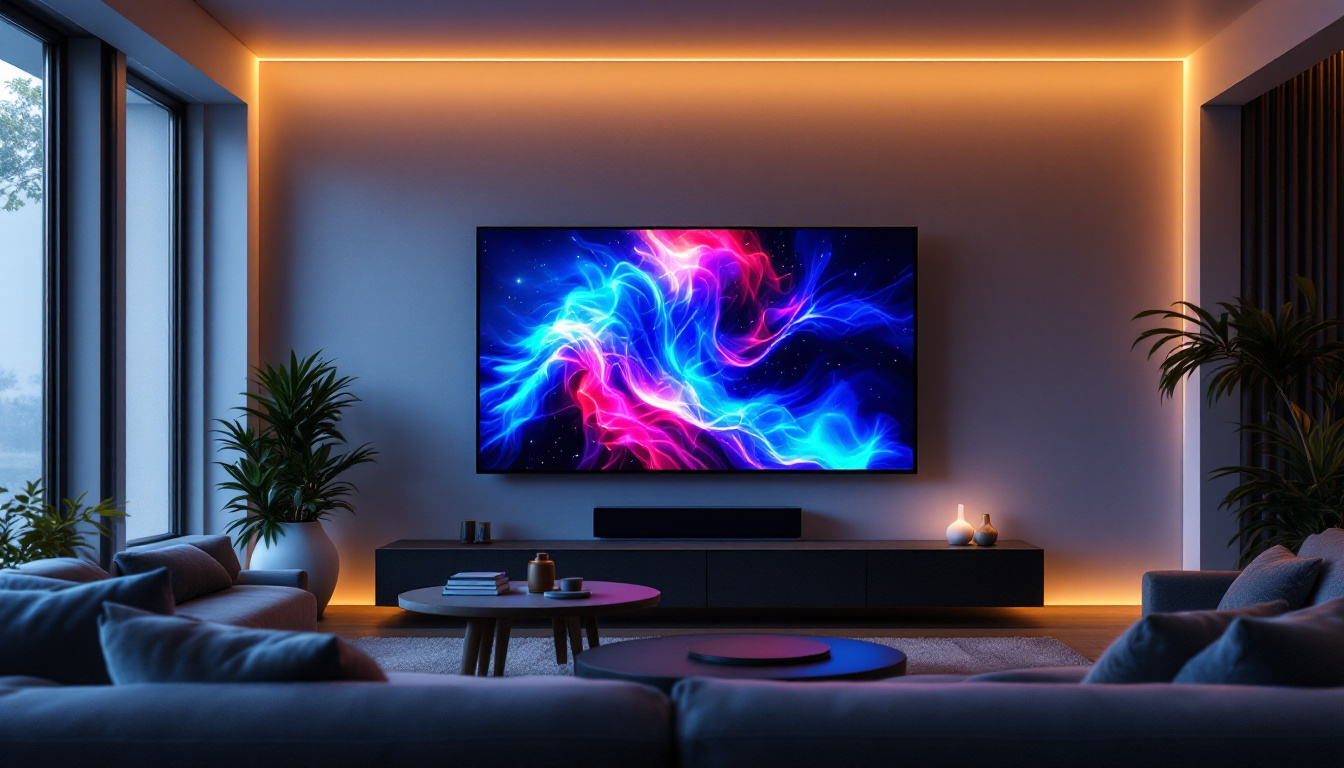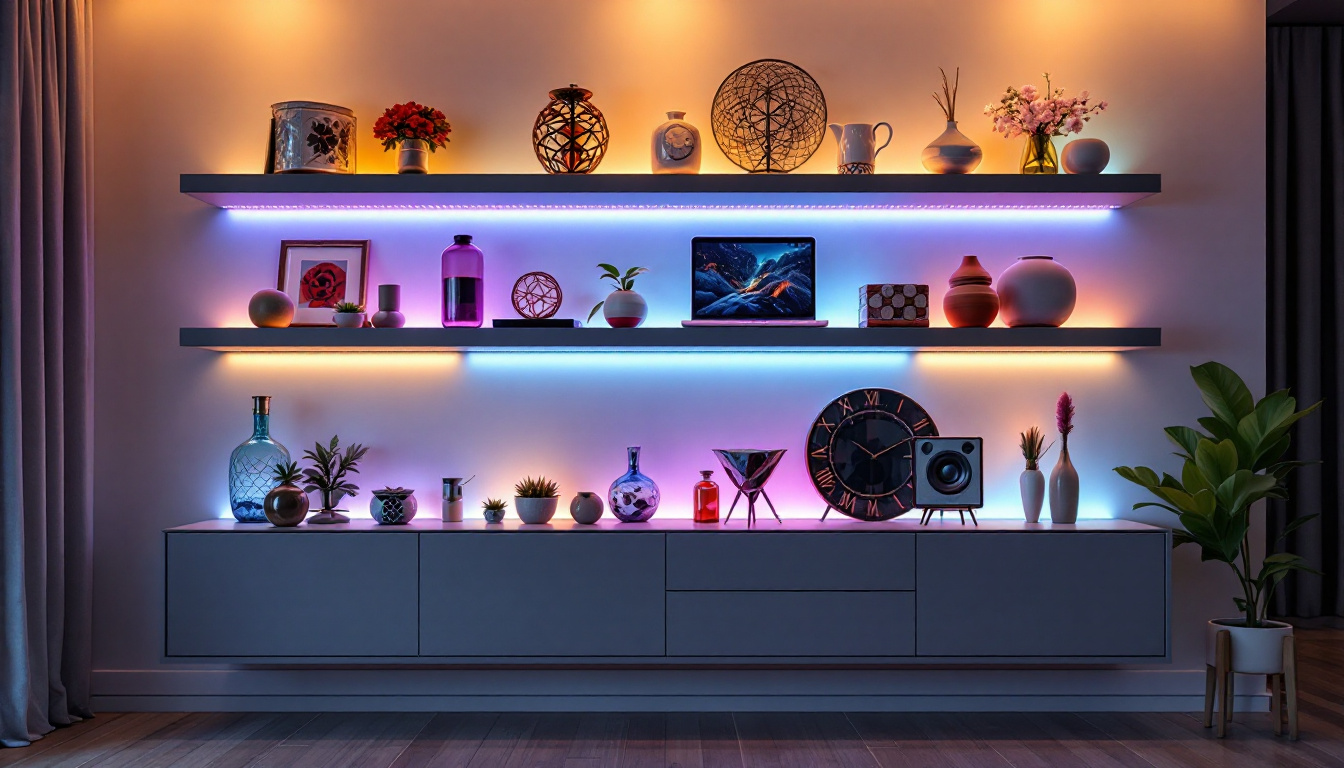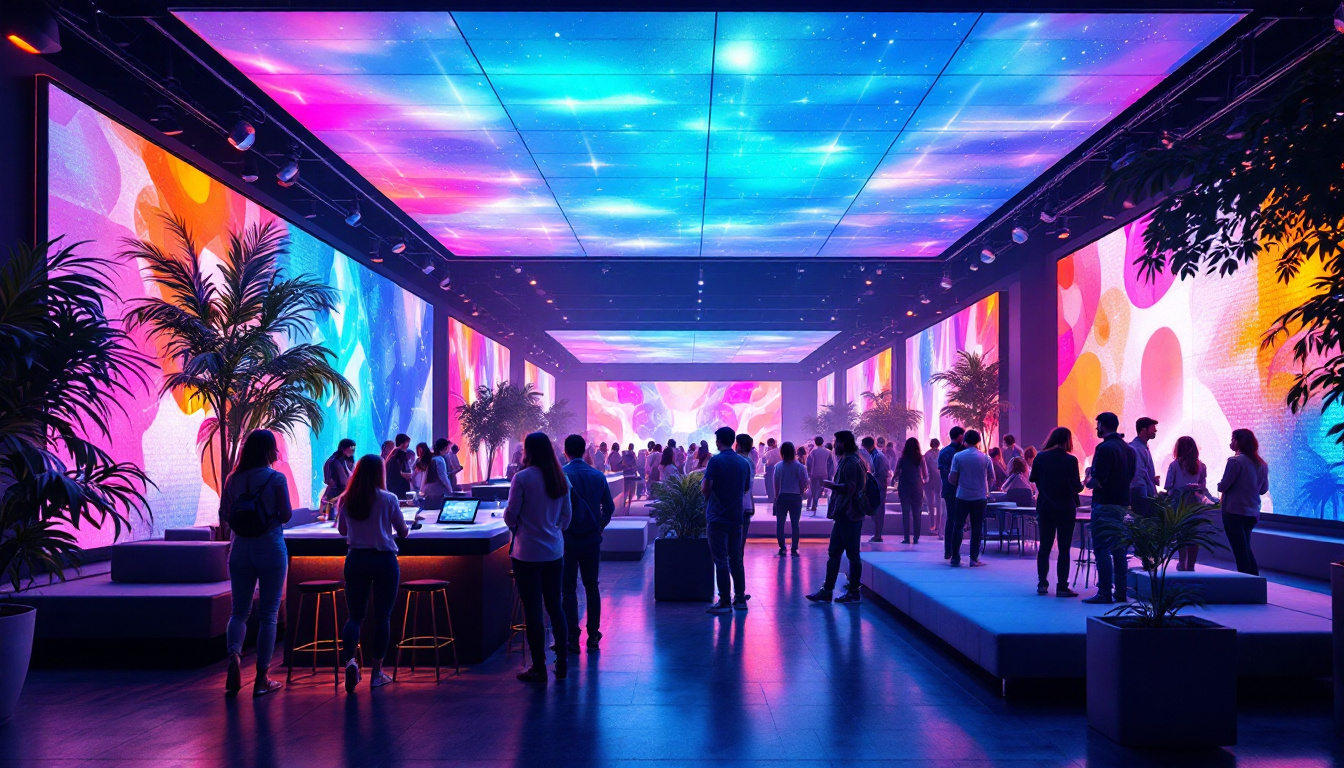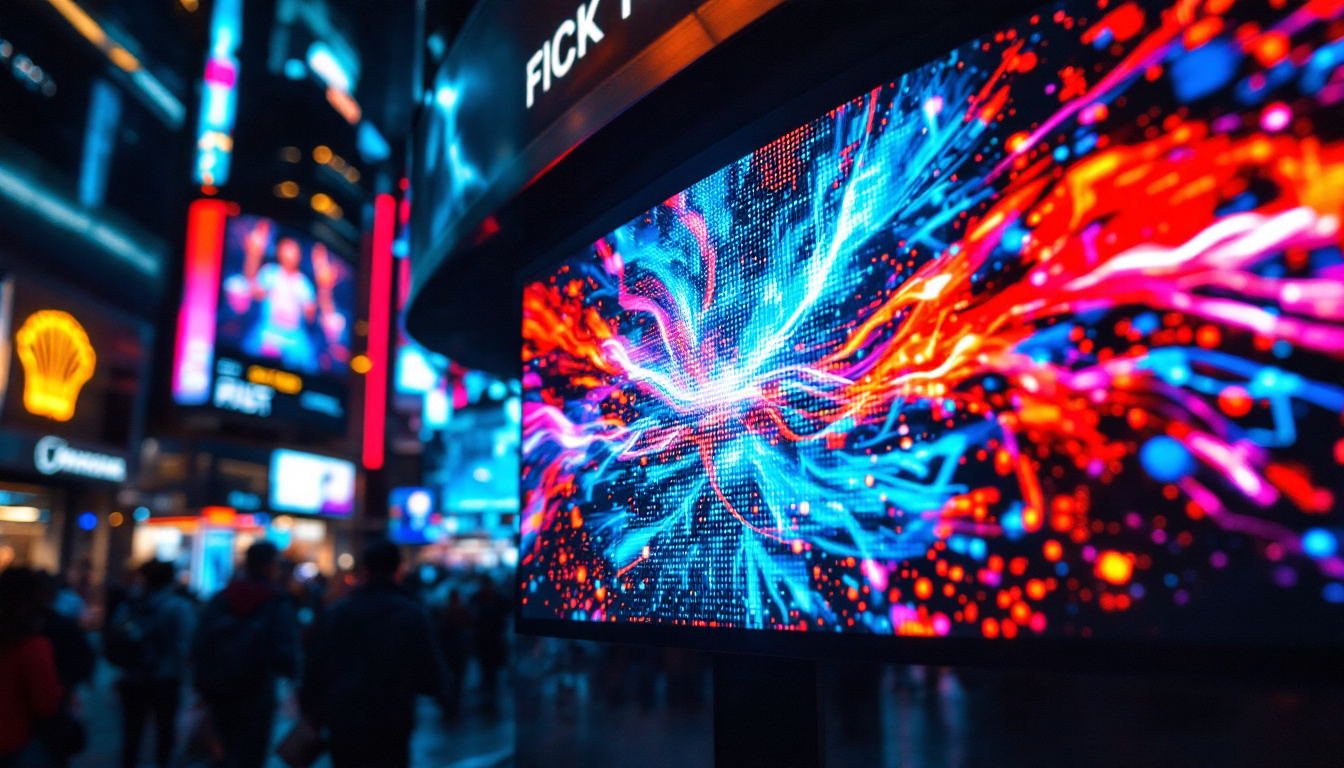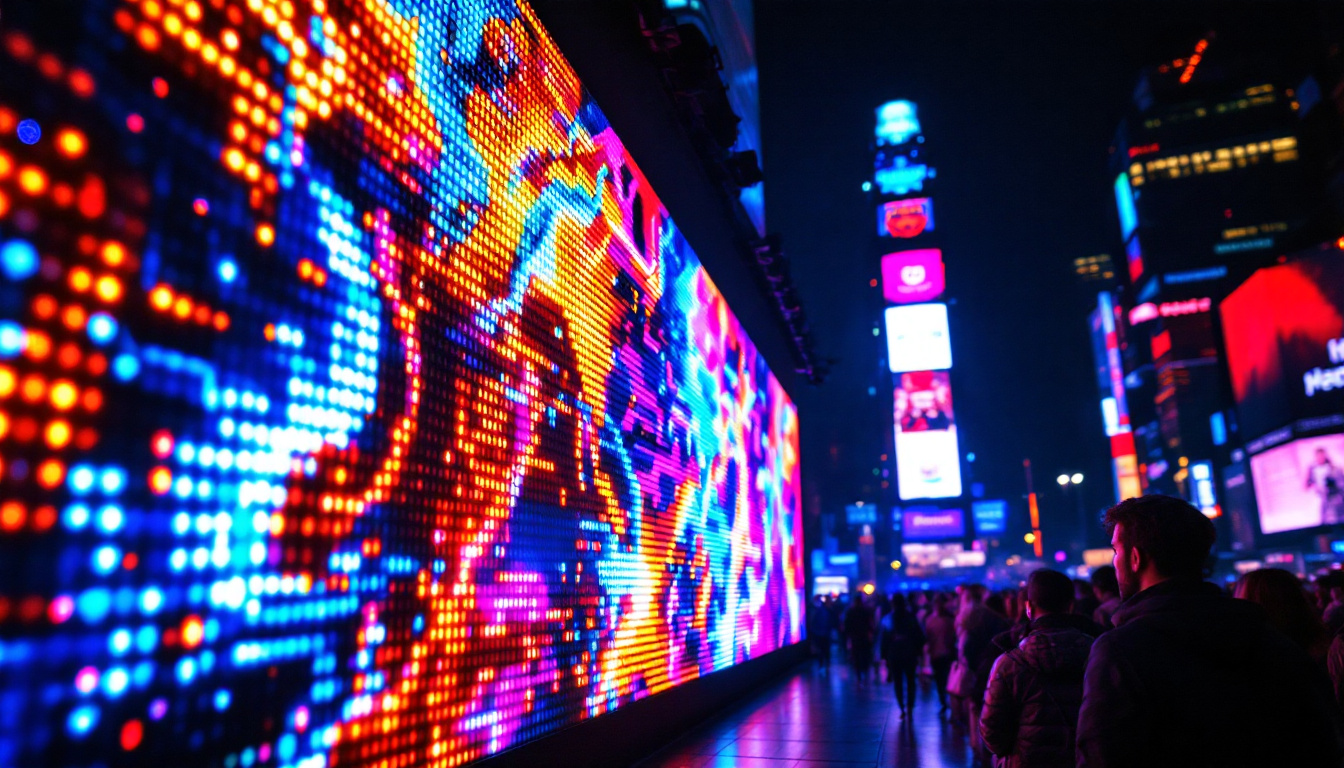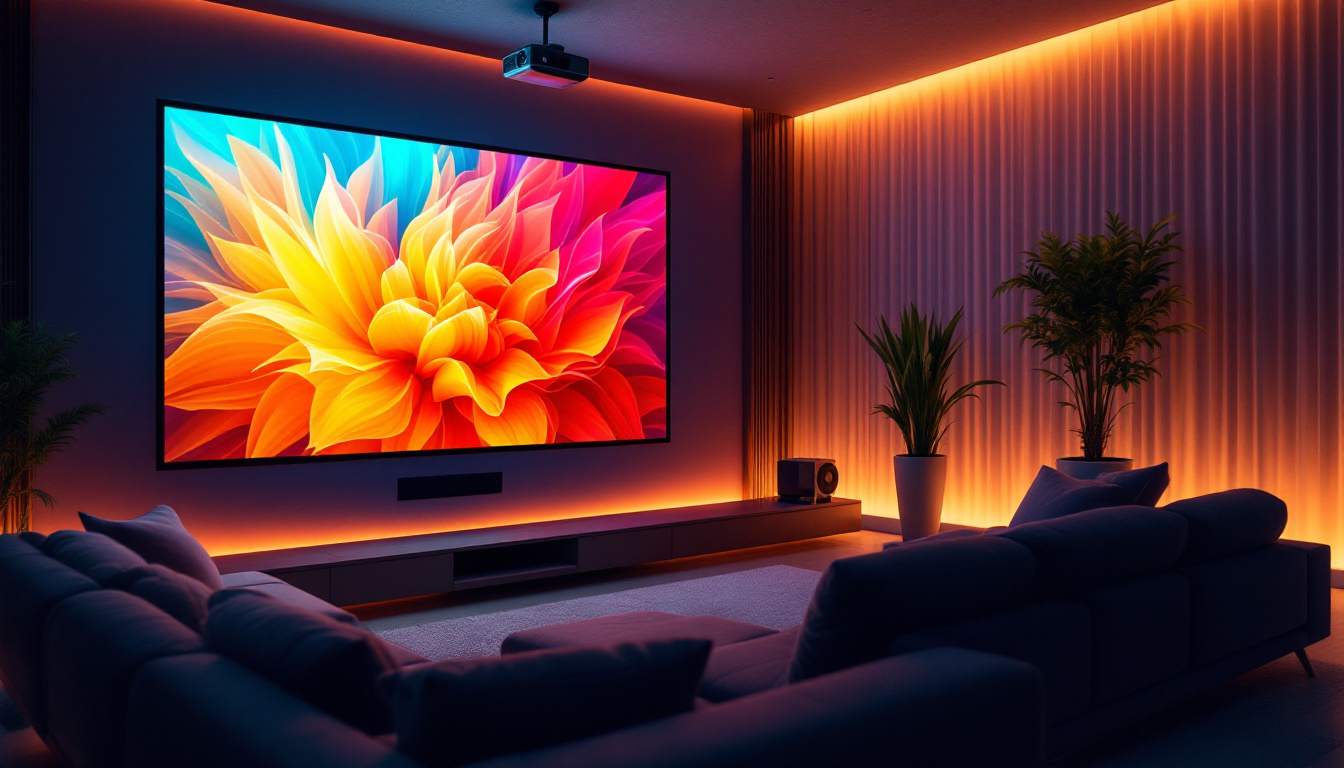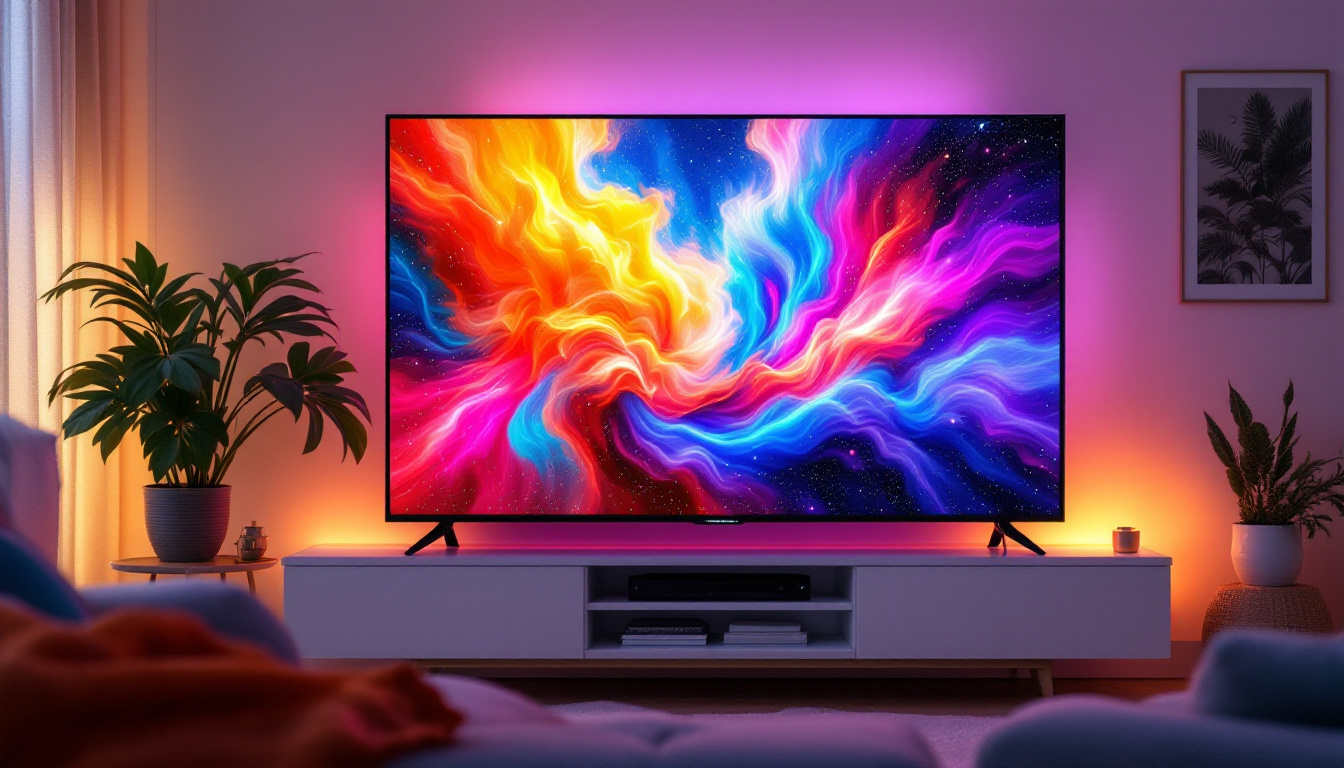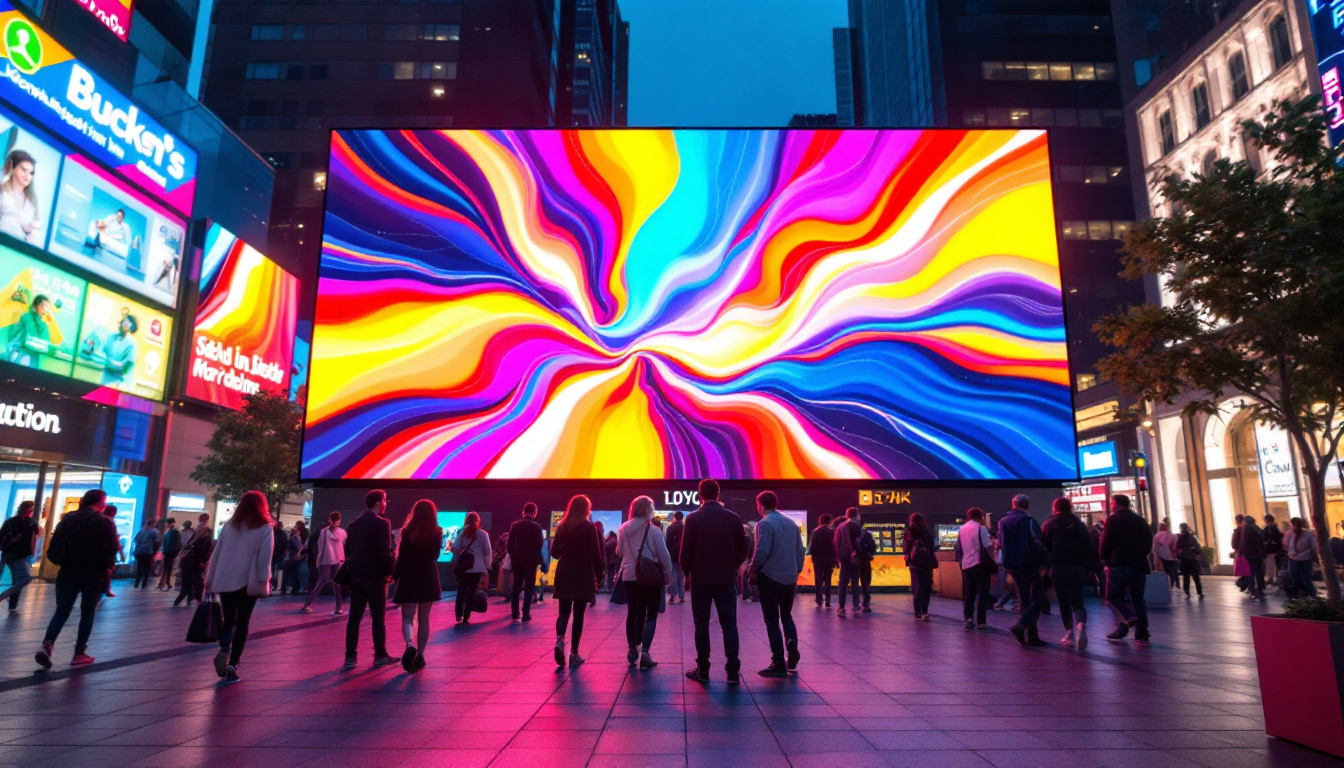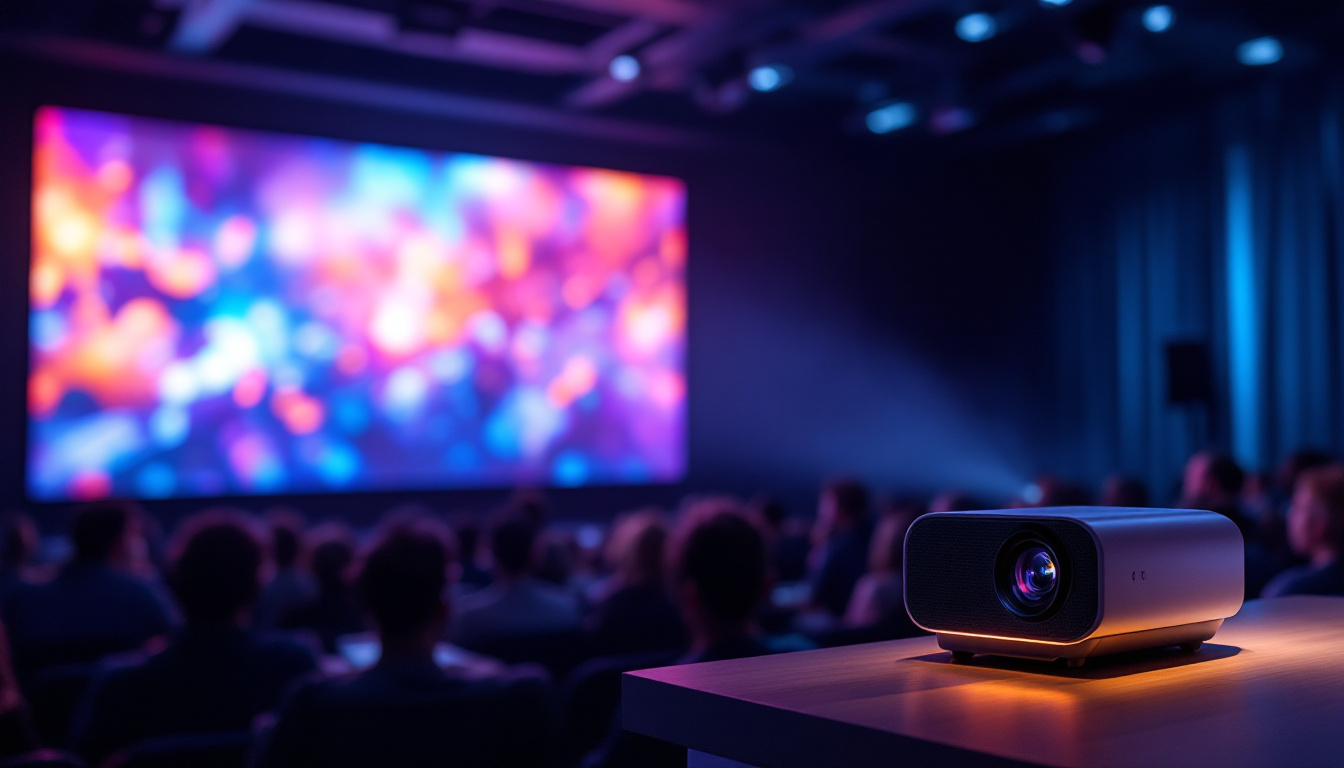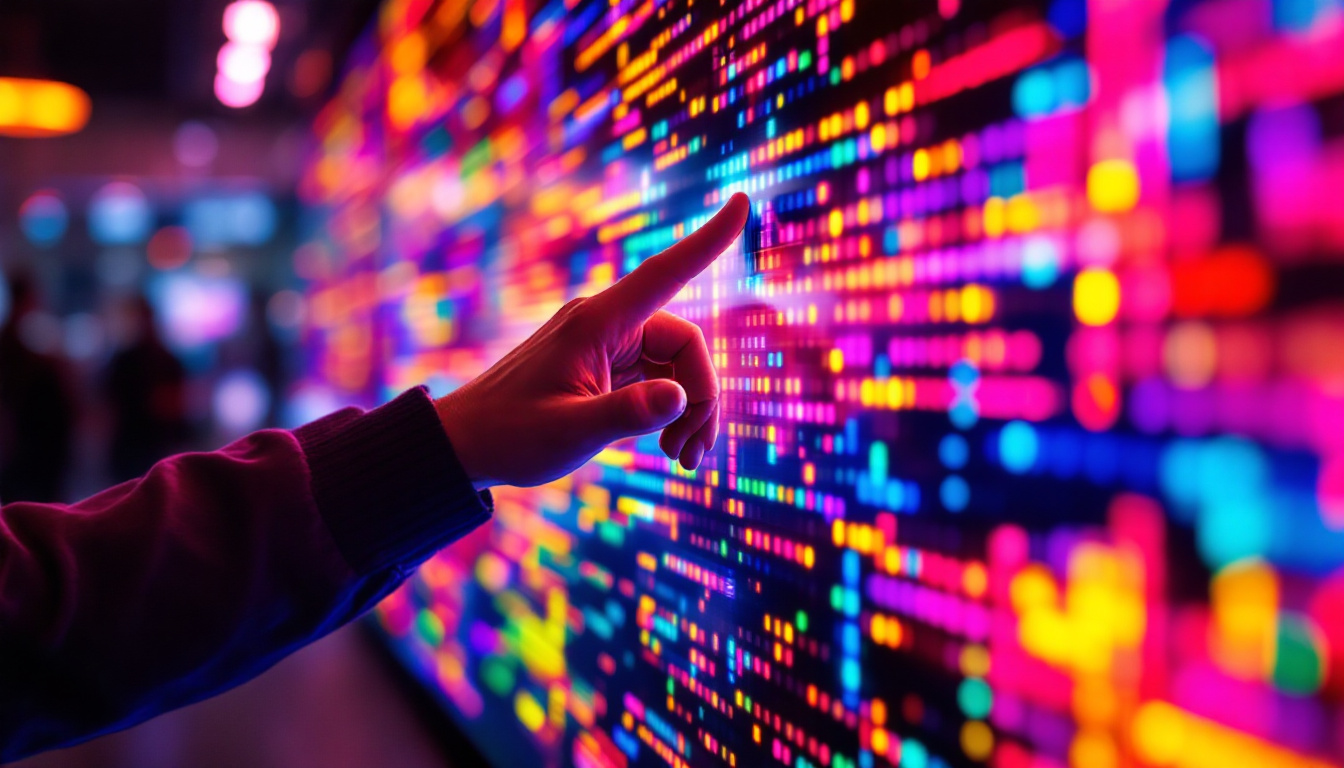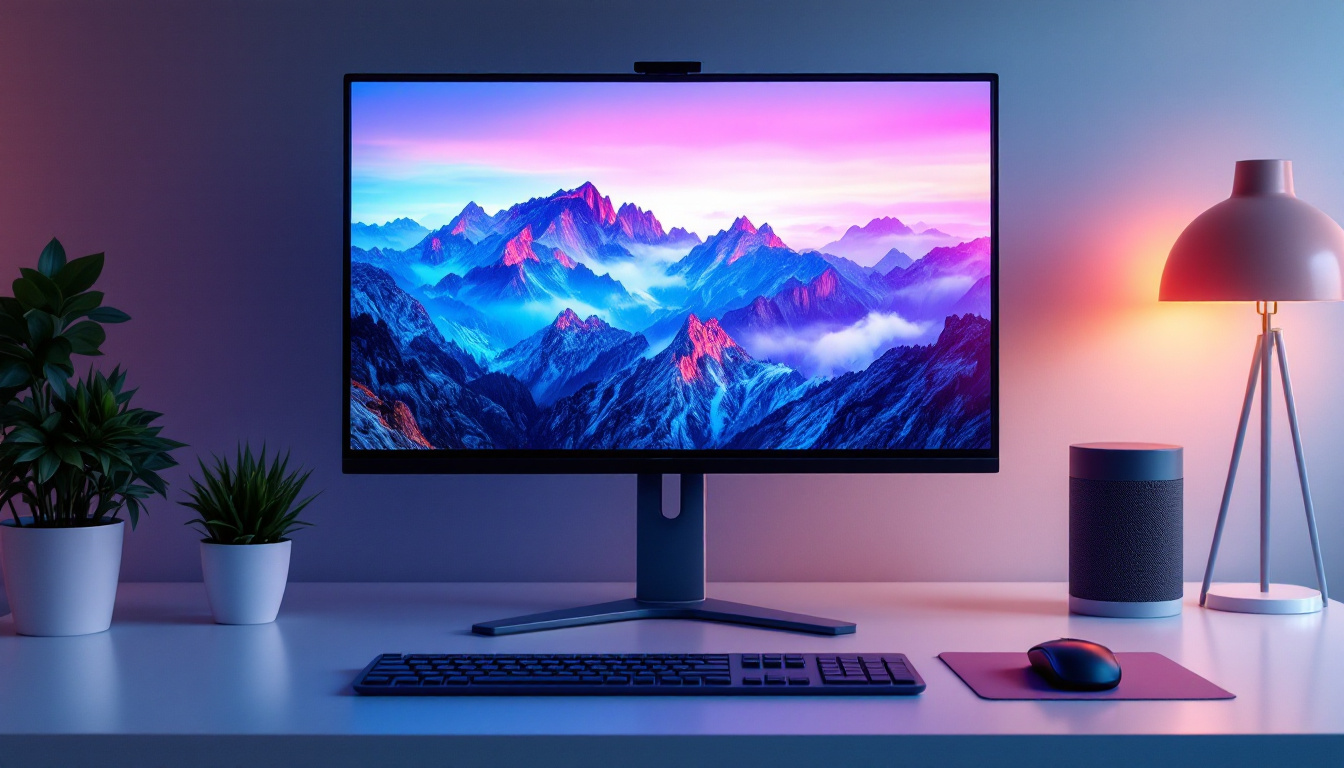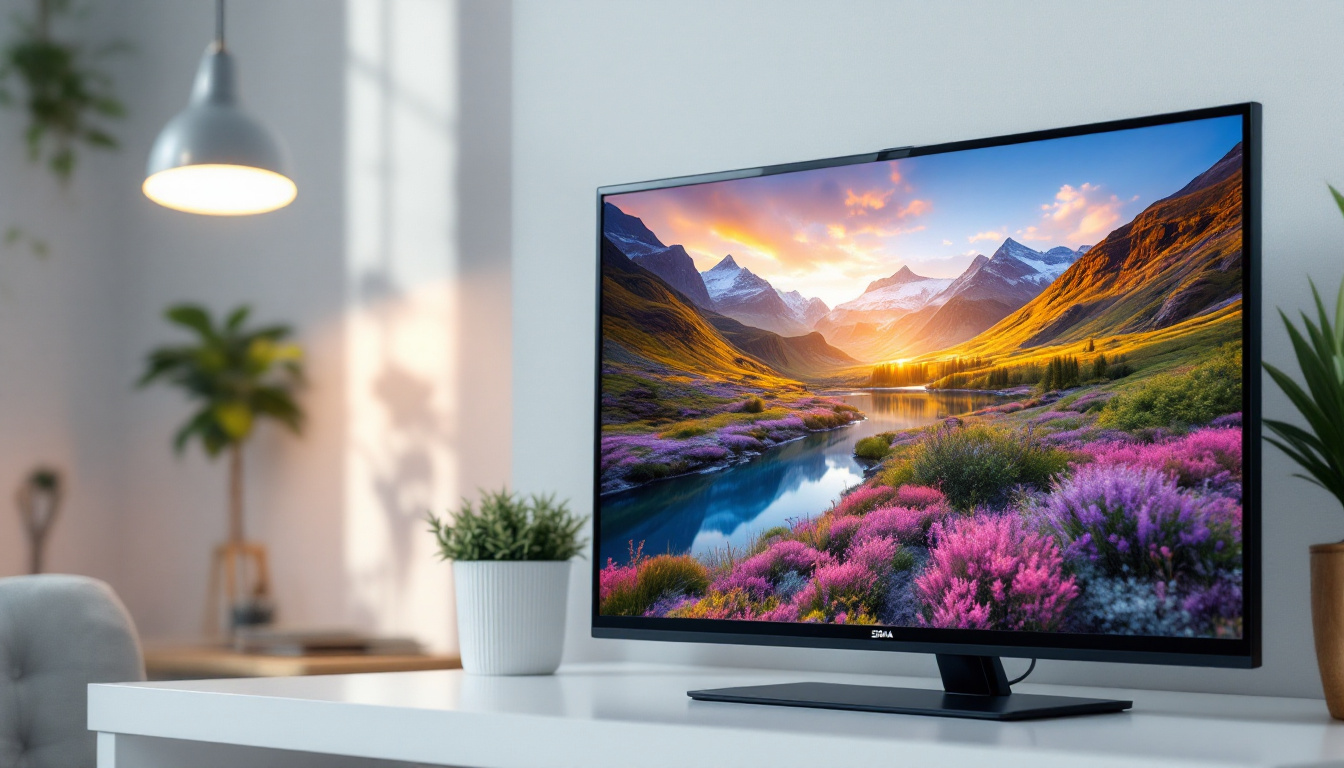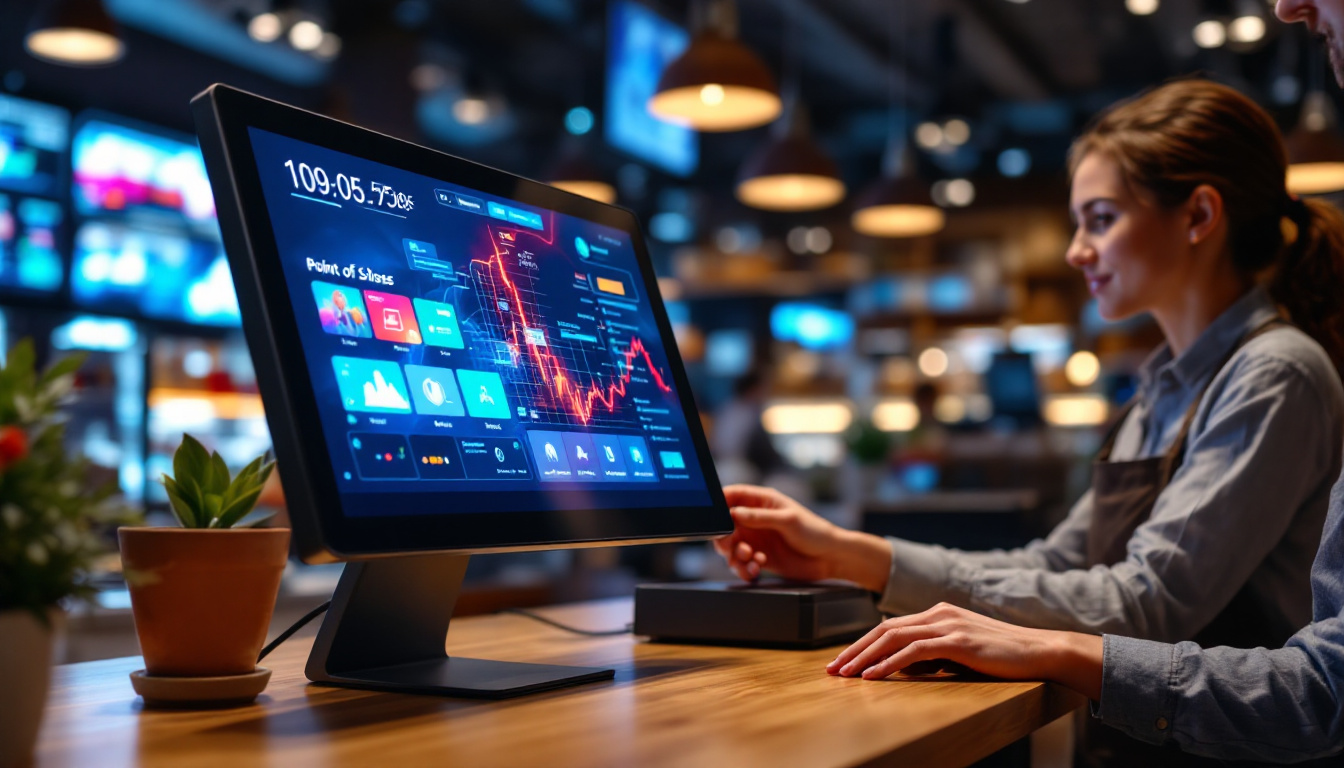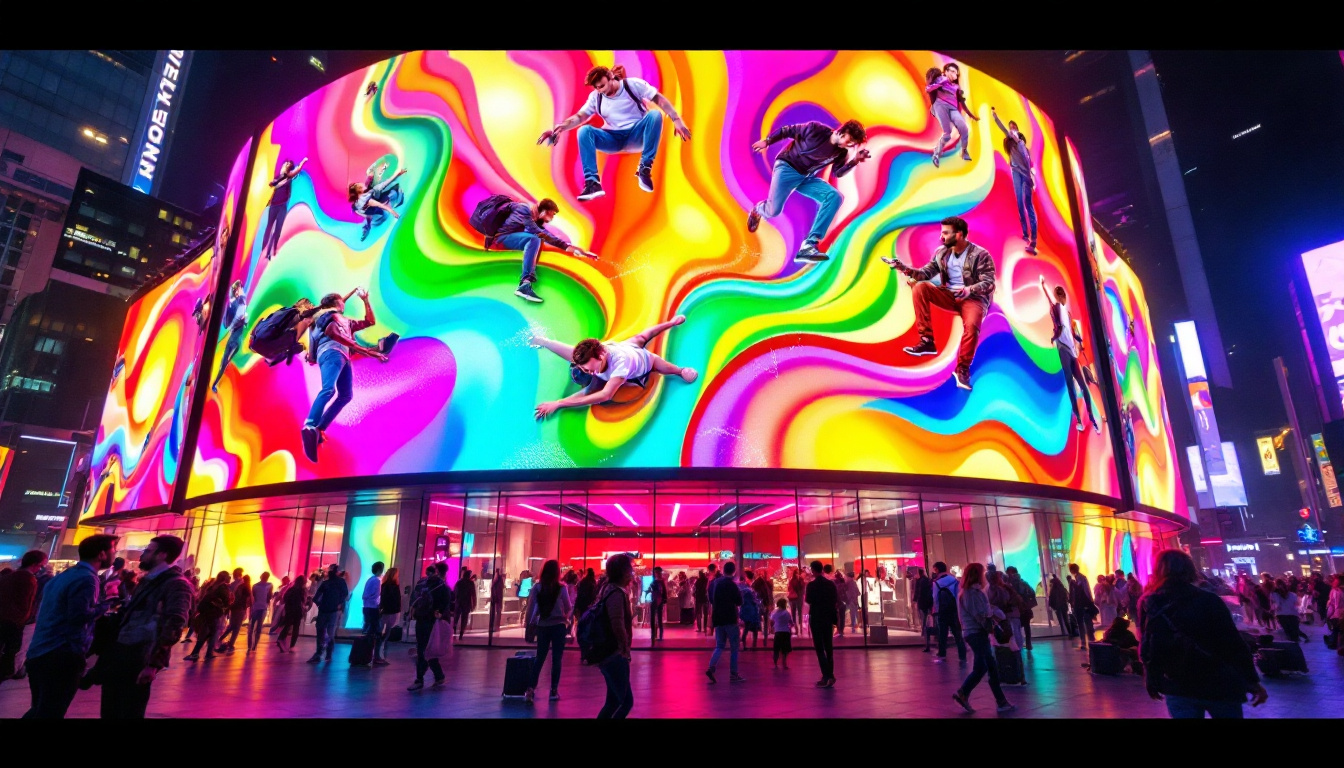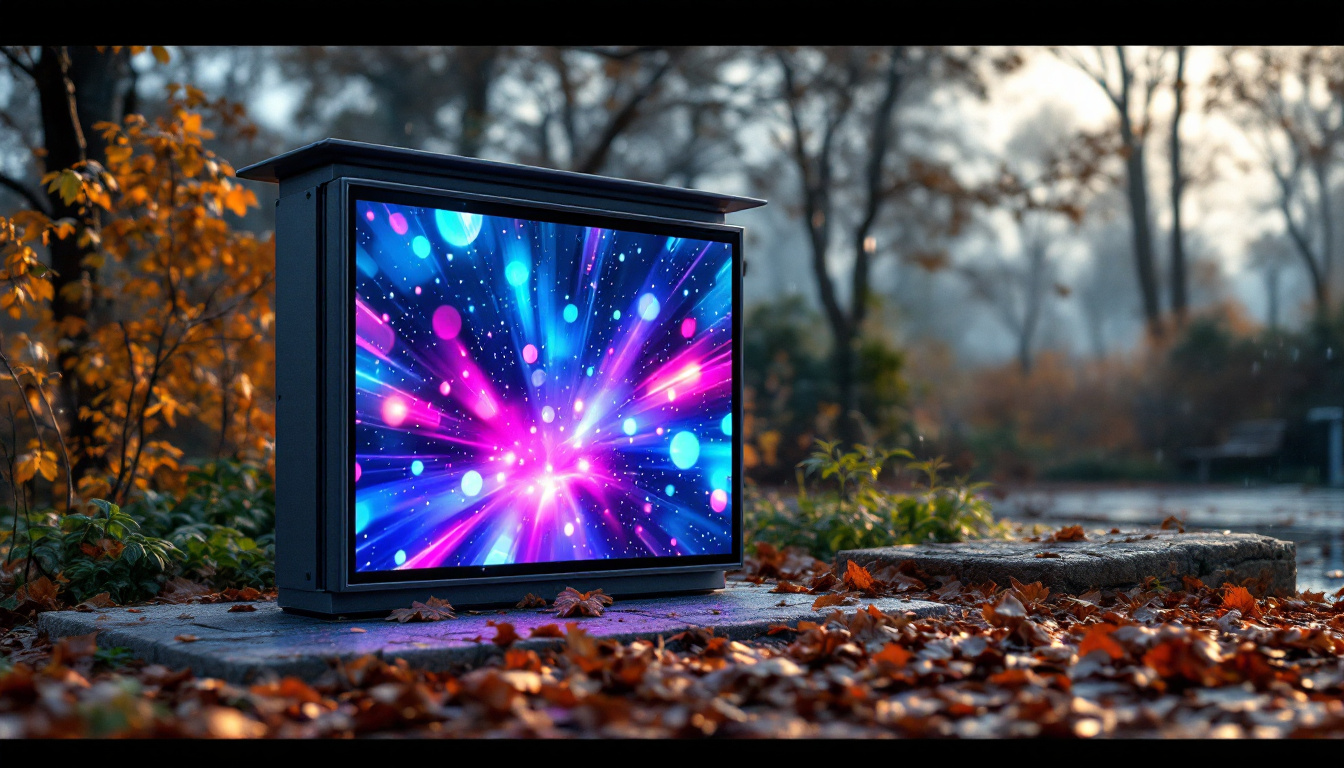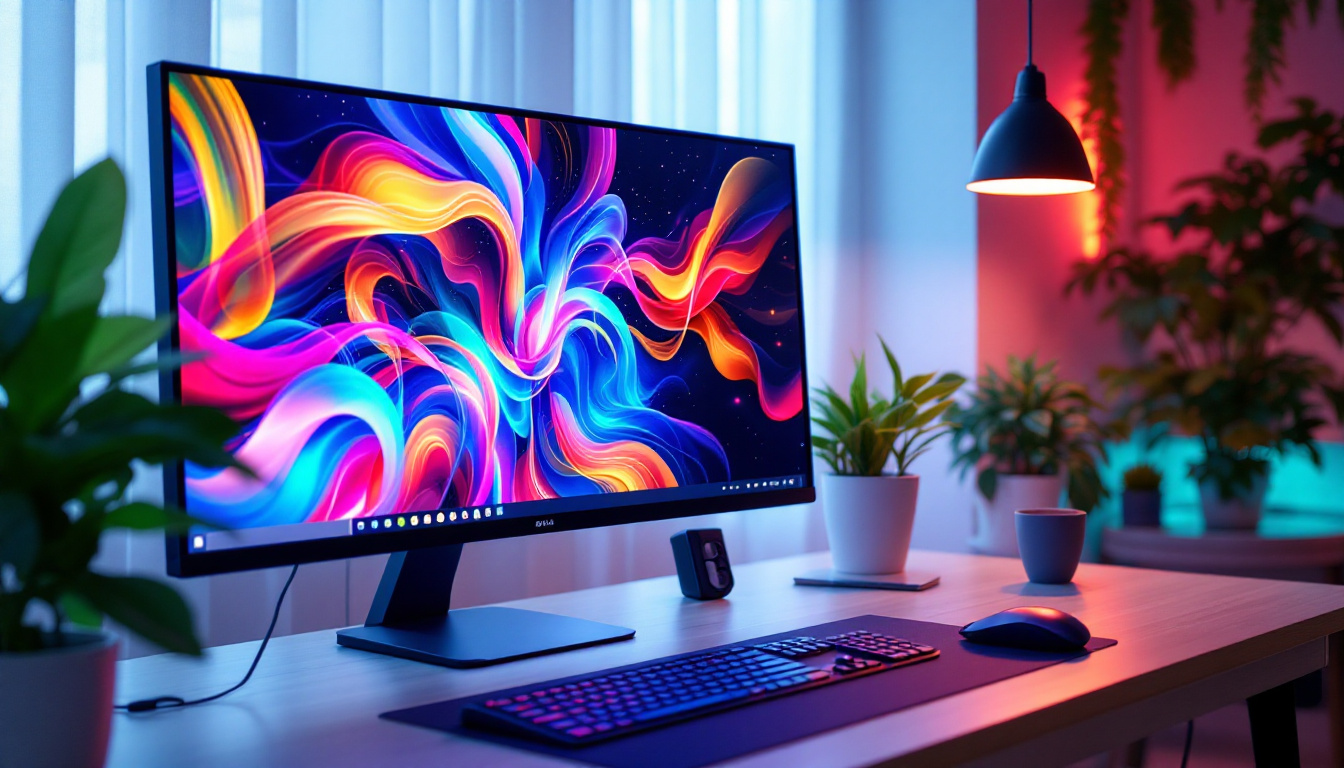In today’s fast-paced digital world, LED displays have become a cornerstone of visual communication. From large-scale outdoor billboards to sleek indoor screens, these displays are revolutionizing the way information is shared and consumed. Almo AV, a leader in audiovisual solutions, offers a comprehensive understanding of LED technology, its applications, and the benefits it brings to various industries. This article delves into the intricacies of LED displays, exploring their functionality, types, and the future of this dynamic technology.
Understanding LED Technology
Light Emitting Diodes (LEDs) are semiconductor devices that emit light when an electric current passes through them. This fundamental principle is at the heart of LED displays, which are made up of thousands of tiny LEDs arranged in a grid. The arrangement and color of these LEDs allow for the creation of vibrant images and videos, making them an ideal choice for a variety of applications. From billboards on bustling city streets to the screens of our smartphones, LEDs have revolutionized how we consume visual media.
How LED Displays Work
LED displays operate by utilizing a matrix of individual LEDs that can be turned on or off to create images. Each pixel on the display is made up of red, green, and blue (RGB) LEDs. By adjusting the intensity of each color, a wide spectrum of colors can be produced. This RGB combination is what allows LED displays to produce high-quality images and videos that are bright and vivid. The precision in controlling these colors not only enhances the viewing experience but also allows for dynamic content that can change in real-time, making LED displays particularly effective for advertising and live events.
The technology behind LED displays has evolved significantly over the years. Modern displays are capable of achieving higher resolutions, better color accuracy, and improved energy efficiency. The advancements in LED technology have made it possible to create displays that are not only visually stunning but also environmentally friendly. For instance, many new LED displays are designed to consume less power, extending their lifespan and reducing the overall carbon footprint associated with their use. This shift towards sustainability is becoming increasingly important as consumers and businesses alike seek to minimize their environmental impact.
Types of LED Displays
LED displays come in various forms, each designed to meet specific needs and applications. The most common types include:
- Direct View LED Displays: These displays are made up of individual LEDs that are directly visible to the viewer. They are often used for large outdoor advertising and events, where high brightness and visibility are crucial for capturing attention in daylight.
- LED Video Walls: Composed of multiple LED panels, video walls can create a seamless large display. They are commonly used in control rooms, concert venues, and corporate environments, providing a captivating way to present information or entertainment to large audiences.
- Transparent LED Displays: These innovative displays allow for visibility through the screen while still showcasing images and videos. They are increasingly used in retail environments to attract customers, providing a unique way to blend advertising with product displays, thus enhancing the shopping experience.
In addition to these common types, there are also specialized LED displays designed for niche applications. For example, flexible LED displays are gaining traction in the market, allowing for creative installations that can bend and conform to various shapes and surfaces. This versatility opens up new possibilities for artistic endeavors and architectural designs, enabling creators to push the boundaries of traditional display technology. Furthermore, advancements in smart LED technology are integrating features such as sensors and connectivity, allowing displays to interact with their environment and provide tailored content based on viewer preferences or behaviors.
Applications of LED Displays
LED displays are versatile and can be found in numerous settings. Their adaptability makes them suitable for various industries, including entertainment, retail, education, and transportation.
Entertainment and Events
In the entertainment industry, LED displays have transformed the way audiences experience events. From concerts to sporting events, large LED screens provide dynamic visuals that enhance the overall experience. These displays can be used for live video feeds, advertisements, and stunning visual effects, creating an immersive atmosphere for attendees.
Moreover, LED displays are not limited to outdoor events. Many theaters and performance venues are incorporating LED screens into their stages, allowing for creative backdrops and real-time visual storytelling. This integration of technology has opened new avenues for artistic expression and audience engagement. For instance, during live performances, artists can synchronize their visuals with the music, creating a harmonious blend that captivates the audience. The ability to manipulate colors, patterns, and images in real-time allows for a unique experience that traditional static displays simply cannot match.
Retail and Advertising
In the retail sector, LED displays serve as powerful marketing tools. digital signage allows retailers to showcase promotions, new products, and engaging content that captures the attention of shoppers. The flexibility of LED displays means that content can be updated in real-time, enabling businesses to respond quickly to market trends and customer preferences.
Additionally, LED displays can be strategically placed in high-traffic areas, maximizing visibility and impact. The bright colors and high resolution of these displays make them ideal for attracting customers and driving sales. Retailers are also utilizing interactive LED displays, which allow customers to engage with the content directly, such as browsing through product catalogs or participating in promotional games. This interactivity not only enhances the shopping experience but also fosters a deeper connection between the brand and its customers, encouraging loyalty and repeat visits.
Transportation and Public Information
LED displays are also widely used in transportation systems, providing essential information to commuters. Train stations, airports, and bus terminals utilize LED screens to display arrival and departure times, delays, and other relevant updates. This real-time information enhances the travel experience and improves overall efficiency.
Furthermore, LED displays are employed in traffic management systems to convey important messages to drivers, such as speed limits, road conditions, and emergency alerts. The ability to quickly change the displayed information is crucial for maintaining safety and order on the roads. In addition, some cities are integrating LED displays into smart city initiatives, using them to communicate with the public about events, safety alerts, and even environmental conditions. This not only keeps citizens informed but also promotes a sense of community engagement as people become more aware of their surroundings and local happenings.
Benefits of LED Displays
The advantages of LED displays extend beyond their visual appeal. They offer a range of benefits that make them a preferred choice for many applications.
Energy Efficiency
One of the most significant benefits of LED technology is its energy efficiency. LED displays consume significantly less power compared to traditional display technologies, such as LCD or projection systems. This reduction in energy consumption not only lowers operational costs but also contributes to a smaller carbon footprint, making LED displays an eco-friendly option.
Moreover, advancements in LED technology have led to improvements in longevity, with many LED displays lasting tens of thousands of hours. This durability reduces the need for frequent replacements, further enhancing their cost-effectiveness.
High Brightness and Visibility
LED displays are known for their exceptional brightness, making them visible even in direct sunlight. This quality is particularly important for outdoor applications, where visibility can be compromised by environmental factors. The high contrast ratio of LED displays ensures that images and text remain clear and legible, regardless of the surrounding light conditions.
In indoor settings, the brightness of LED displays can be adjusted to suit the environment, providing optimal viewing experiences in various lighting conditions. This adaptability makes LED displays suitable for a wide range of venues, from dimly lit theaters to brightly lit shopping malls.
Versatility and Customization
Another key advantage of LED displays is their versatility. They can be customized in size, shape, and resolution to meet specific requirements. This flexibility allows for creative installations, such as curved displays or interactive screens, that can enhance the user experience.
Additionally, LED technology supports various content formats, including static images, videos, and animations. This capability enables businesses and organizations to create engaging and dynamic content that resonates with their target audience.
The Future of LED Displays
The future of LED displays looks promising, with ongoing advancements in technology and increasing demand across various sectors. As industries continue to embrace digital transformation, the role of LED displays is expected to expand even further.
Emerging Trends
One of the most exciting trends in LED technology is the development of MicroLED displays. These displays use microscopic LEDs to create images, offering even higher resolutions and improved color accuracy. MicroLED technology has the potential to revolutionize the display market, providing ultra-thin, lightweight screens that can be used in a variety of applications.
Additionally, the integration of artificial intelligence (AI) and machine learning into LED display systems is set to enhance user experiences. AI can analyze viewer behavior and preferences, allowing for personalized content delivery that captures attention and drives engagement.
Challenges and Considerations
Despite the many advantages of LED displays, there are challenges that need to be addressed. One of the primary concerns is the initial investment required for high-quality LED technology. While the long-term benefits often outweigh the upfront costs, some businesses may hesitate to make the switch.
Furthermore, as technology evolves, staying updated with the latest advancements can be challenging. Organizations must ensure they are investing in the right solutions that align with their goals and provide the best return on investment.
Conclusion
LED displays have transformed the landscape of visual communication, offering vibrant, energy-efficient, and versatile solutions for a variety of applications. As technology continues to advance, the potential for LED displays to enhance experiences in entertainment, retail, transportation, and beyond is limitless.
With companies like Almo AV leading the way in providing innovative audiovisual solutions, the future of LED displays is bright. Embracing this technology not only enhances engagement but also positions businesses to thrive in an increasingly digital world. As industries continue to evolve, investing in LED display technology will undoubtedly play a crucial role in shaping the future of communication and interaction.
Discover Cutting-Edge LED Displays with LumenMatrix
As you consider the vast potential and benefits of LED display technology for your business, LumenMatrix stands at the forefront of innovation, ready to illuminate your brand’s message. With a diverse range of solutions including Indoor and Outdoor LED Wall Displays, Vehicle LED Displays, LED Poster Displays, and more, LumenMatrix is committed to transforming your visual communication strategies. Experience the future of digital signage and create unforgettable visual experiences with our advanced LED display modules. Check out LumenMatrix LED Display Solutions today and step into a world where your message shines with clarity and impact.

